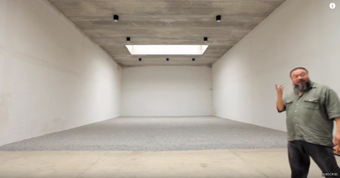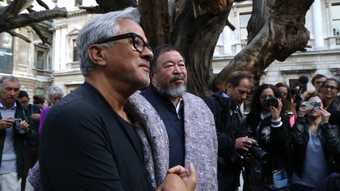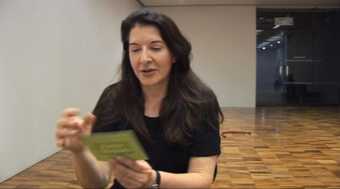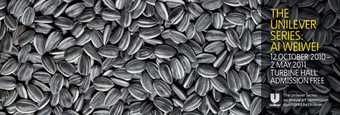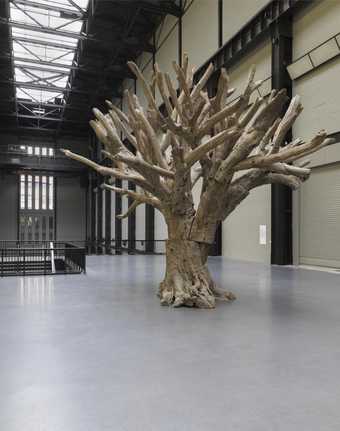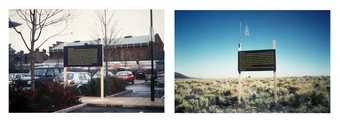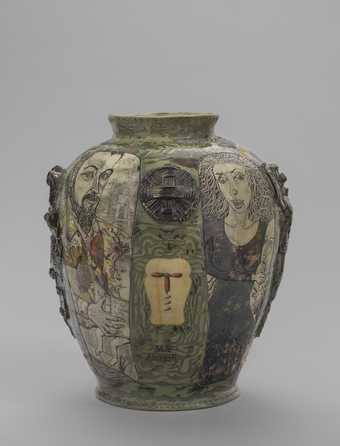M: Yo, Ai Weiwei, what do you think to this?
F: Why did you actually do the seed thing?
AW: Sunflower Seeds - it’s really the most common object in China. No matter where you are or poor or rich, how remote an area, or near the city.
M: What was your reaction when you first saw your work installed in the Turbine Hall?
AW: It was quite a shock. I mean, that is essentially about artwork, it is nothing you really just can talk about it, you have to really experience it.
F: How long did it take to make this?
AW: The total length is about two and a half years.
M: [Chinese spoken 00:01:27]
AW: [Replying in Chinese 00:01:40 – 00:01:49]
F: I just wondered if you think that a work like Sunflower Seeds will be exhibited in China in your lifetime?
AW: Nobody knows how long this political situation in China would stay, or how long it takes for them to change, for them to truly understand the value of creativity. Second, I don’t know how long I will live.
F: How does it feel, seeing all these people’s responses to your artwork?
AW: I think that is the chance for artists to understand their work, even to understand how a work can be expressed and how it has its own life.
F: [Chinese spoken 00:02:42]
AW: [Replying in Chinese 00:02:55]
M: Do you consider, do you sometimes see it to be one piece of art, or a hundred million pieces of art?
AW: Sunflower Seeds, it’s one piece of art which contains one hundred million pieces of art.
M: I’ve created a piece of music to go with the Sunflower Exhibition. Here we go.
[Music]
F1: I think it’s wonderful. Thank you, Weiwei, wherever you are, and I would love to roll around in it and just feel the experience. It has expanded my consciousness. Thank you!
AW: I am very happy you like the work, and I think the work is really made for you.
Thank you.
[Music]

